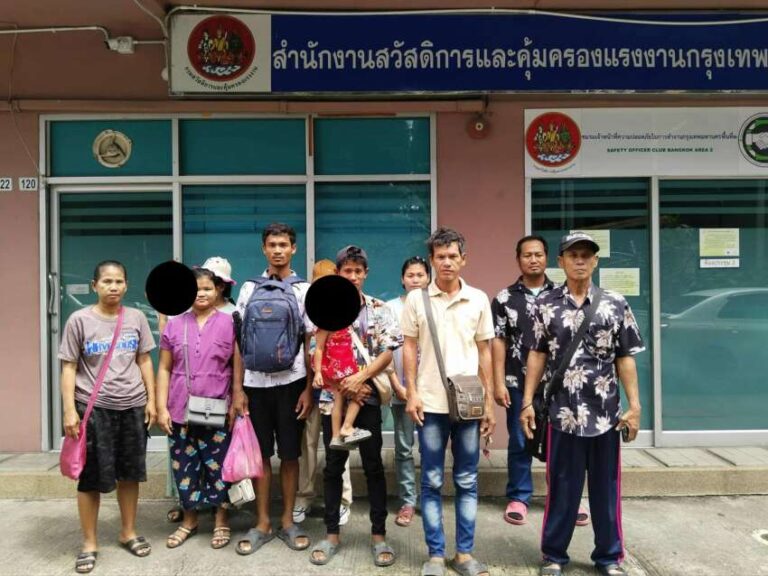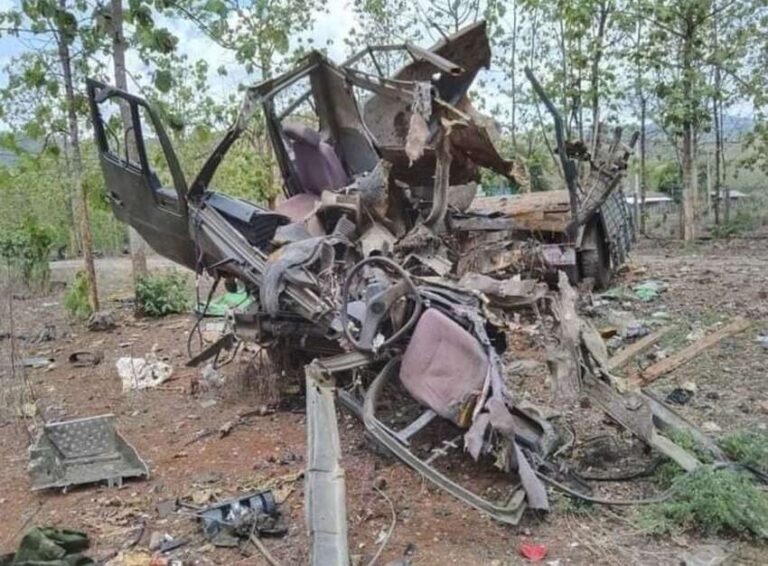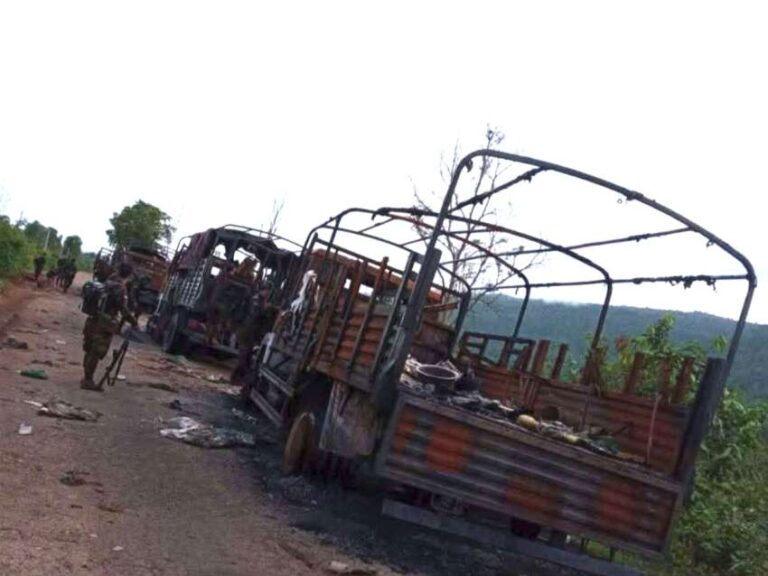
According to a Myanmar Airlines source, military pilots who have been conducting airstrikes against civilians across Myanmar are being offered incentives to work as pilots for Myanmar Airways International (MAI), Myanmar National Airlines (MNA), and other civilian airlines. This arrangement includes providing necessary training and temporary pilot positions. The military council is creating opportunities for Air Force officers and pilots by arranging required training for civilian aviation careers, granting temporary pilot positions, and allowing them to accompany military leader Min Aung Hlaing on foreign trips, including his visits to Russia.
The source revealed that these pilots are being offered attractive salaries and opportunities to work in the civilian aviation sector, with arrangements being made through the Department of Civil Aviation (DCA) and various airlines. They can maintain their current military ranks while temporarily working in civilian positions, effectively receiving dual compensation. The military council is systematically fulfilling these officers’ career aspirations through the civilian aviation sector.
As a result of these incentives, Air Force pilots have become more motivated to conduct airstrikes and bombing missions across the country, viewing these operations as part of their career advancement path. The aviation source explained that the systematic arrangement within the Air Force has led to a situation where pilots continue their bombing missions despite civilian casualties, including women, children, and elderly people. Some pilots even express frustration when their missions do not result in casualties, indicating how the incentive system has affected their approach to military operations.
Furthermore, it has been revealed that MAI, owned by U Aung Aung Zaw of 24 Hours Company, and other domestic airlines are giving priority to personnel from the Air Force and military circles when appointing senior pilots, pilots, and aviation staff. Aviation experts note that this situation could lead to increased military influence in the civilian aviation sector. This systematic integration of military personnel into civilian aviation demonstrates the military council’s strategy of extending its control over various sectors while providing career incentives to those participating in military operations against civilians.



